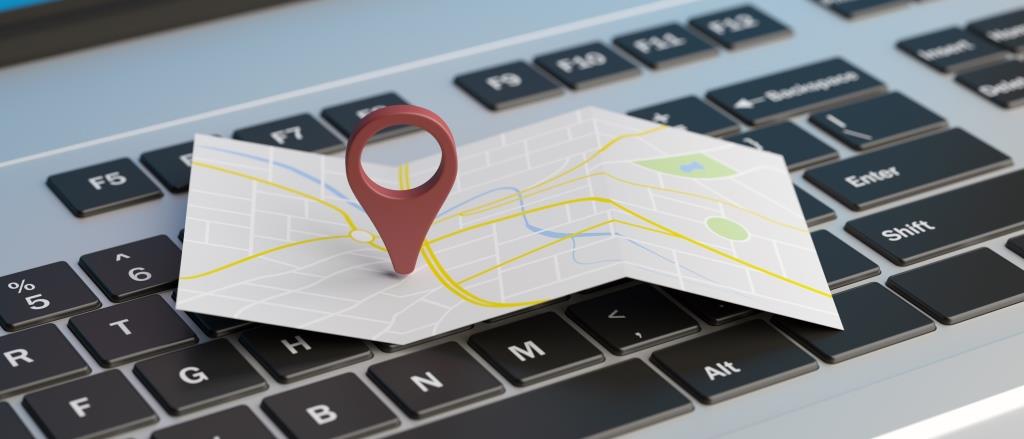| |
228445
0
What is Geofencing and How Can it Keep Your Construction Site Safer?

Construction is, no doubt, a dangerous field and accidents are common. Thankfully, advancing technology is increasingly delivering an edge to employers looking to create safer working environments for their employees. One of the most innovative technologies on the construction scene is geofencing. Let’s take a look at geofencing and how it can help you make your construction site a safer place.
What is Geofencing?
Taking a broad look at the technology, geofencing is a feature in any application or computer program that uses GPS or RFID to define geographical boundaries. From a construction management perspective, geofencing allows administrators to set up triggers or alerts that are activated when individuals carrying applicable devices like smart phones and/or tablets enter or exit a particular area.
How Does Geofencing Make Construction Sites Safer?
Here are three ways the technology is being used to improve construction site safety.
1. Creating Barriers and Defining Work Areas
Construction sites typically have several places where workers can and cannot enter––and monitoring these areas is key to safety compliance. Using GPS-based geofencing apps, managers can receive notifications on their smartphones, alerting them to vehicles or workers entering and leaving predefined areas. They can also beef up their reporting by tracking exact times employees or vehicles spent in or out of the area. Workers can also get instant notifications on their smartphones alerting them if they have strayed outside their assigned work zone, which can help prevent them from entering unsafe areas.
Related Read: What Do We Mean by “Patent-Pending Technology”?
2. Controlling and Monitoring Speeds
Each job site is different in the field of construction. In some, workers are contained in a relatively small area while others can see them stretched for miles. No matter how expansive the construction site is, each job site has a particular speed limit that vehicles can travel in to ensure optimal safety.
Geofencing technology can be used to create and monitor speed limit zones, which allows management to track the speed of vehicles throughout a geofenced area. If anybody fails to adhere to the speed limits or brakes abruptly, certain geofencing applications can alert management in real time while also maintaining detailed logs of all activity within the zone.
3. Streamlining Crisis Communication
Accidents happen––and when they do, clear communication is critical to keeping workers safe, and every second counts. A new construction site safety app, Smart Safety, utilizes geofencing technology to streamline crisis communications to help keep everyone on the same page with the touch of a button.
Using the Smart Safety app, administrators can establish a geofence around a construction site so that when users enter a jobsite the app is functional, but when they leave it is disabled. Should an emergency take place onsite, users can issue an emergency notification to all other app users who are inside the geofence’s parameters. Check out a detailed listing of the app’s functionality for administrators and end-users here.
Final Thoughts
The proper use of geofencing through applications like Smart Safety App does not just set you up with a much safer job site. It also allows you to create a more efficient working environment. You can reduce the idle hours and improve employee efficiency by keeping a close eye on the moving parts of your business.
